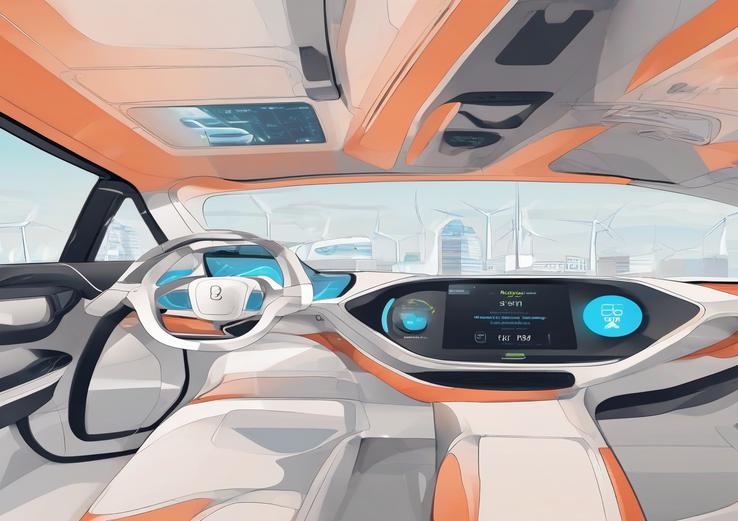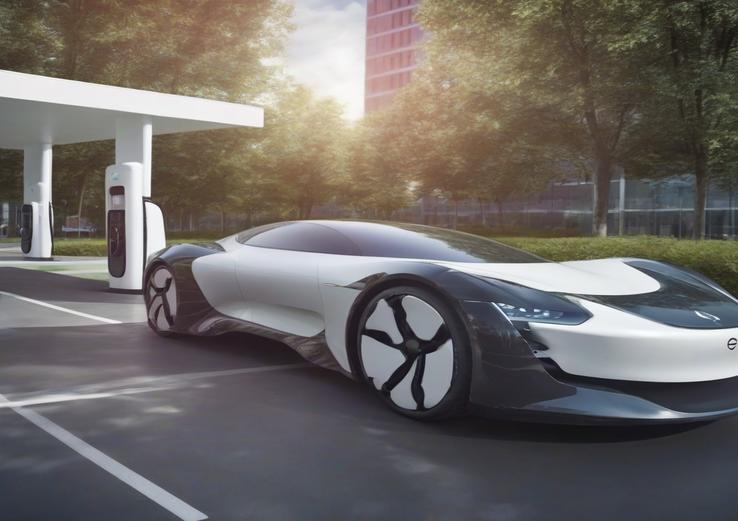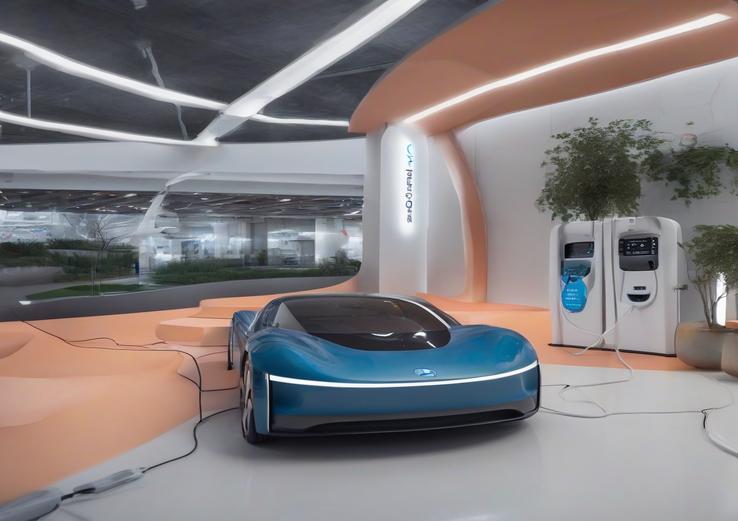Introduction to EV Charging Trends
The world of electric vehicles (EVs) is growing fast, with the number of EVs on the road expected to increase significantly by 2030, according to the International Energy Agency (IEA). Understanding future EV charging trends is key to this growth. In this article, we will explore The Future of EV Charging: Trends to Watch, including smart charging, high-power charging, and other emerging technologies that will shape the future of EV charging. The market for EVs is expanding rapidly, with many countries investing heavily in EV charging infrastructure. As the demand for EVs continues to rise, it’s essential to stay up-to-date with the latest trends in EV charging.

Smart Charging and Its Benefits
Smart charging is a technology that allows EVs to charge when electricity demand is low, reducing strain on the grid and saving money. Companies like ChargePoint and EVgo are already using smart charging solutions. For example, a study by the IEA found that smart charging can reduce peak demand by up to 20%. This is good for the environment and can help EV owners save up to $100 per year on their energy bills. Smart charging is an essential aspect of The Future of EV Charging: Trends to Watch, as it enables EV owners to charge their vehicles in a way that is both cost-effective and sustainable. To learn more about smart charging and its benefits, read our Guide to Electric Vehicles and Sustainability.
High-Power Charging: The Future of Long-Distance Travel
High-power charging is a game-changer for long-distance EV travel, enabling EVs to charge to 80% in under 20 minutes. Electrek reports that many highways are now equipped with high-power charging stations. For example, the I-5 highway in California has multiple high-power charging stations, making it easier for EV owners to travel long distances. High-power charging is the future of EV travel, and companies like Tesla and Volkswagen are investing heavily in this technology. As the demand for high-power charging continues to grow, we can expect to see more charging stations popping up along highways and in urban areas.
Real-world examples of high-power charging in action include the experience of John, an EV owner who recently drove from San Francisco to Los Angeles using only high-power charging stations. “I was amazed at how quickly I could charge my vehicle,” he said. “It made the trip so much more convenient and enjoyable.” Another example is the city of Oslo, which has installed high-power charging stations throughout the city, making it easy for EV owners to charge their vehicles on the go.
Wireless Charging and Other Emerging Technologies
Wireless charging is another emerging technology that could change the way we charge our EVs. Solar-powered charging is also becoming more popular, with companies like WiTricity and BMW testing wireless charging technology. Pilot projects are underway in cities around the world, and investors are taking notice. These technologies have the potential to make EV charging even more convenient and sustainable. Advanced dashboard features, such as personalized charging plans and energy usage tracking, are also being developed to enhance the EV charging experience.
To learn more about wireless charging and other emerging technologies, read our The Role of Renewable Energy in EV Charging. You can also explore How Smart Homes Can Integrate with EV Charging Systems to discover the latest trends in smart home technology.
Conclusion and What to Watch in the Future
The future of EV charging is exciting and rapidly evolving. As the EV industry continues to grow, we can expect to see even more innovative technologies emerge. The Future of EV Charging: Trends to Watch is an essential aspect of the EV industry, and staying up-to-date with the latest trends is crucial for anyone interested in EVs. Whether you’re an EV owner or just interested in sustainable transportation, there’s never been a more exciting time to be a part of the EV community.

FAQ Section
Q: What is the current state of EV charging infrastructure?
A: According to the IEA, there are over 1 million public EV charging stations worldwide, with many more being installed every day.
Q: How does smart charging work?
A: Smart charging uses advanced technology to charge EVs when demand is low, reducing strain on the grid and saving money.
Q: What is the future of high-power charging?
A: High-power charging is expected to become more widespread, enabling longer EV trips and making EVs a more viable option for road trips.
Q: Are wireless charging and solar-powered charging available for public use?
A: While these technologies are still in the testing phase, they are becoming increasingly available for public use.
Q: Can I charge my EV at home?
A: Yes, many EV owners charge their vehicles at home using a Level 2 charger or a standard 120-volt outlet.

About the Author: Emily J. Miller is a sustainable transportation expert with over 10 years of experience in the EV industry. She has written extensively on The Future of EV Charging: Trends to Watch and is a frequent speaker at EV conferences and events.

1 thought on “Future of EV Charging Trends”
Comments are closed.